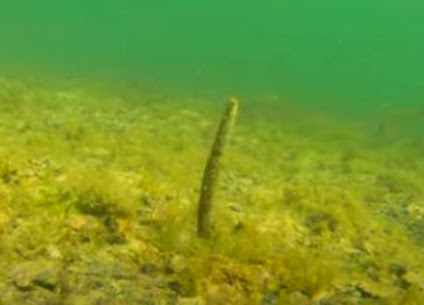Zman Fishing's soft plastic baits are known for their unique material and design, which set them apart from traditional soft plastic baits offered by other companies.
Zman baits are made from a proprietary material called ElaZtech. This material is extremely durable, buoyant, and flexible, providing a lifelike action in the water. ElaZtech is more durable than traditional soft plastics, which means that Zman baits can withstand more bites and catches before needing replacement.
ElaZtech is buoyant, allowing the baits to float naturally in the water. This feature is especially beneficial when using techniques like the Ned Rig, where the bait stands upright on the bottom, imitating a feeding or injured prey.
Although ElaZtech is a buoyant plastic, Zman does add salt into the formulation helping to add weight and adjust sink rates. The salt content also decreases the buoyancy sometimes causing bait to lay flat on the bottom especially if any current is present in the waters you're fishing.
Nick from the Bass Hookup YouTube channel created a pretty cool underwater video showing how a simple tweak to Zman's finesse soft plastics can greatly enhance a bait's buoyancy and performance.
Take a few minutes to watch and see what I mean...















